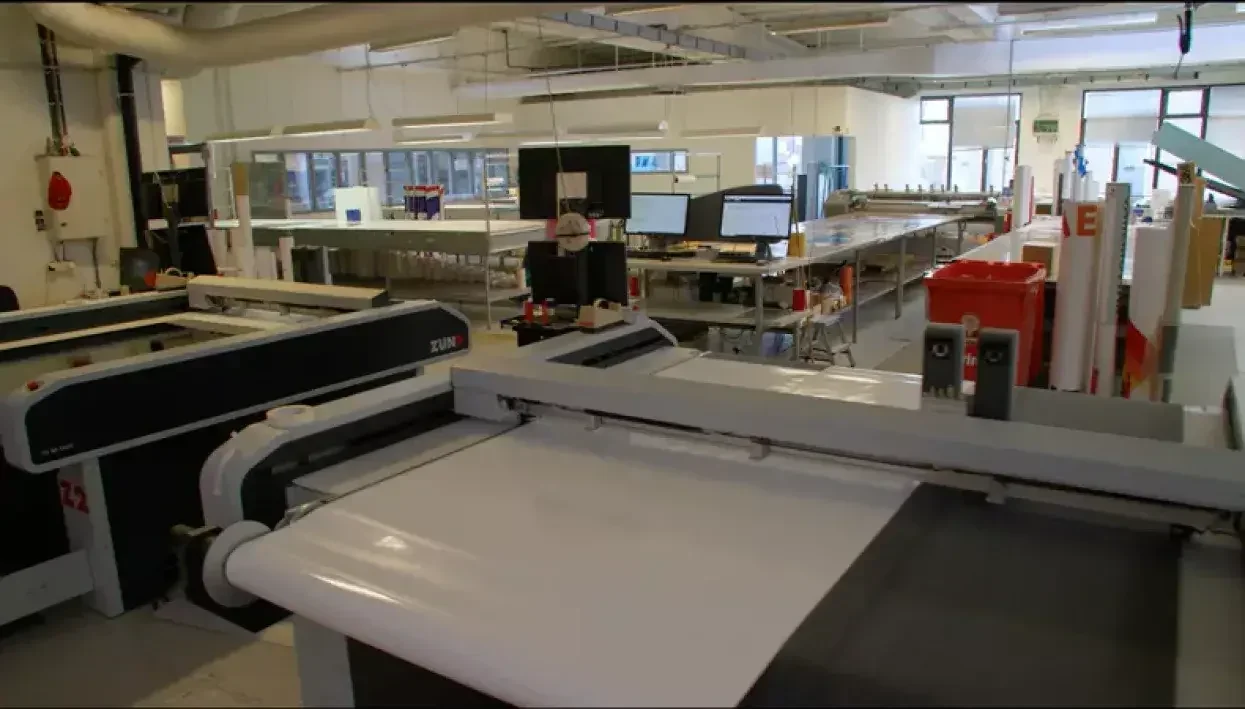Automation
Digital Printing
Signage
Software
Retail signage: ‘Everything can be automated’
Author
FESPA Staff
Published Date
16/12/2022
Become a FESPA Member
to Continue Reading
